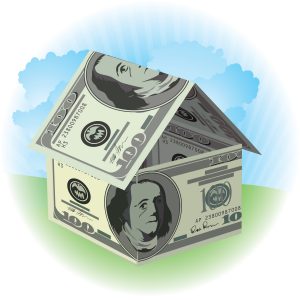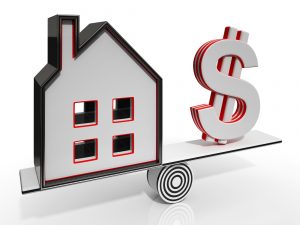Inflation in US at low levels in August, Personal spending barely rose, Manufacturing in Chicago surged
September 29, 2017
Inflation in the U.S. continued to run at low levels in August. The Fed’s favorite inflation gauge, the annual Core PCE, rose 1.3% from August 2016, the lowest annual increase since November 2015. The Core PCE strips out volatile food and energy. On a monthly basis, Core PCE rose 0.1% from July. The Federal Reserve continues to say that the low inflation levels are “transitory”, but low inflation levels have been reported for at least seven years. Transitory by definition means lasting only a short time.
Personal spending barely rose in August, which could be due in part to Hurricane Harvey, as it weighed on auto sales. Spending rose 0.1% in August, which was in line with estimates. Consumer spending accounts for two-thirds of U.S. economic activity. Personal incomes were up 0.2% in August, meeting expectations. Personal income refers to an individual’s total earnings from wages, investment enterprises, and other ventures. It is the sum of all the incomes received by all the individuals or household during a given period.
Manufacturing activity in the Chicago area surged in September hitting the highest levels in more than three years. Gains were seen in demand, employment and backlogs. The Chicago PMI rose to 65.2 in September, above the 58.0 expected. Jamie Satchi, economist at MNI Indicators, said: “The strong out turn in September means that on a quarterly basis business activity was broadly unchanged from an already impressive Q2. Looking forward, firms are on record expecting a busy Q4 despite disruptions caused by the recent storms, with just a handful expecting delivery times to lengthen between October through December.”

Spend Key Showing Spending And Finances



















